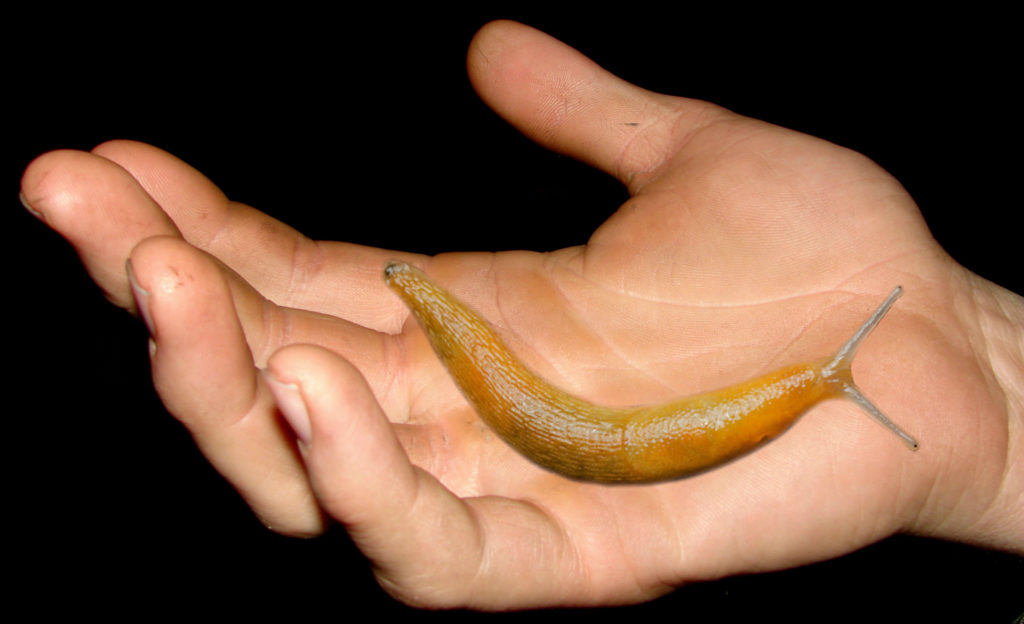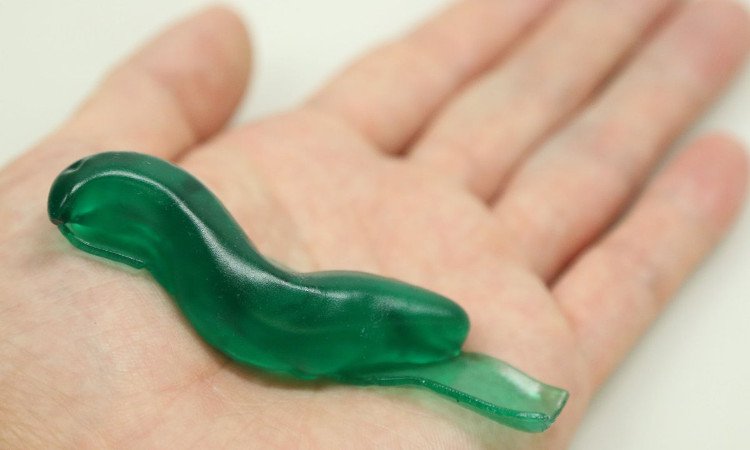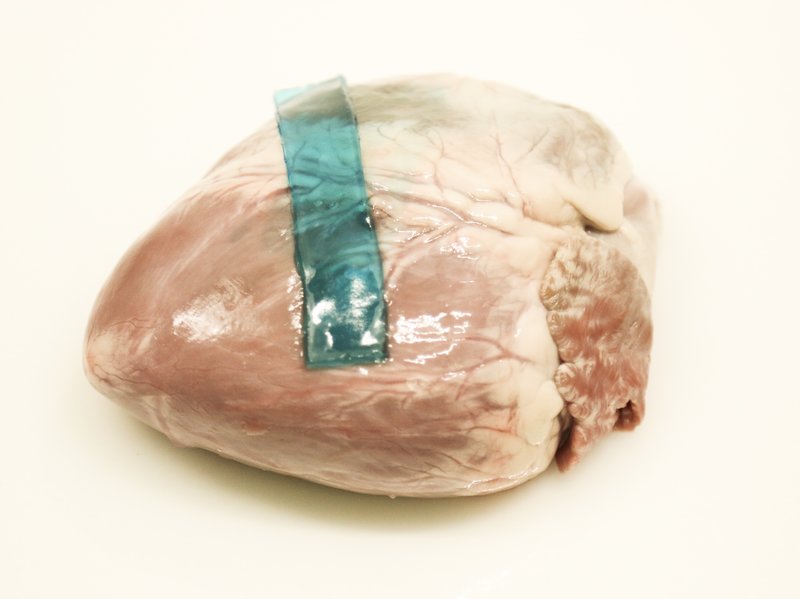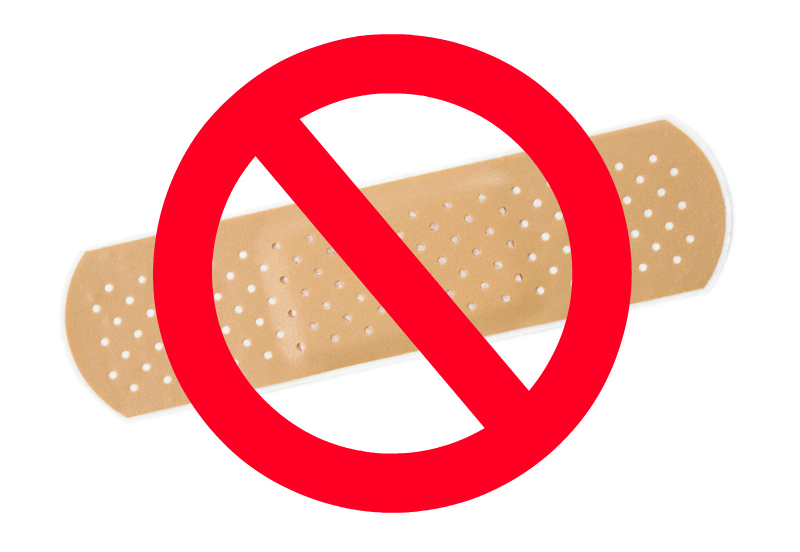Take Two Slugs and Call Me Tomorrow
Medical sutures and staples may someday go the way of the dodo, thanks to man’s new best friend, the slug, the Dusky Arion slug to be precise (Arion subfuscus). Thanks to a new study, Tough adhesives for diverse wet surfaces, led by author Jianyu Li, an Assistant Professor at McGill University, future doctors may forego classes in stitching and knots and opt for arts and crafts where they can learn advanced gluing techniques. Tissue adhesives are used as an alternative to stitches or staples and can be less damaging to the healthy tissues, but present options are inflexible and simply don’t adhere to wet, slimy surfaces inside the body. Slug slime will change all that.

The Dusky Slug (Arion subfuscus) is native to Europe and is considered an invasive pest in North America.
Li wanted to improve medical adhesives. And of course, when people think adhesive, they automatically think slug, right? But it’s not so far a stretch. When threatened, the slug secretes mucus that glues it in place, making it difficult for a predator to pry it off a surface.
The snail slime contains proteins as well as positively charged calcium ions. The positive charges are attracted to the surface of biological tissues like a chemical version of Velcro®.
Since the bonding isn’t immediate, the hydrogel slug glue will be much easier for doctors to work with than existing tissue adhesives, which is basically Superglue that sticks instantly to many surfaces. The Superglue not only hardens unforgivingly fast, it doesn’t adhere to wet surfaces, like the inside of a body. Ever tried to put a Band-Aid on a sweaty arm? Same principle.
Slug Slime Creates a Sticky Situation
The slug hydrogel forms a stretchy web of molecules, which are made up of 90 percent water. That’s perfect for plugging a hole in a beating heart or even a growing heart.
In tests on both dry and wet pig skin, cartilage, heart, arteries, and liver, the adhesive was significantly greater than other medical adhesives, requiring more than three times the energy to disrupt the bond. The slug slime adhesive can be cut to desired sizes and applied to tissue surfaces as a patch or injected for deeper injuries.
Adhesion occurs within minutes, whether or not the tissue is wet (translate: bloody) and it’s flexible enough to withstand a motion within a functioning body. This family of adhesives may be useful as tissue adhesives, wound dressings, and tissue repair, not to mention adhering children into chairs until they finish eating their okra.
Hopefully in the near future we’ll see slug technology saving lives and limbs in human emergency rooms and veterinary clinic around the world.
Would you let your doctor or veterinarian use snail slime analogue on you or your cat? Tell me your thoughts in the comments below.














As someone who had to pull stitches out for over a month post surgery, and the joy of seeing the occasional thread for some time after that, I would welcome something besides threads that might, or might not, dissolve.
Yes, medical treatment has come a long way since my sister’s eye surgery in 1960, but when a 3 year old has to go back in for a follow up surgery to remove “dissolving” stitches that didn’t properly dissolve, well, you are interested in anything that can prevent that from happening again.
Having just a month ago rescuing a few days old kitten, I’ll be looking at another spay in the not too distant future. Anything that would make that easier for any cat would welcome.